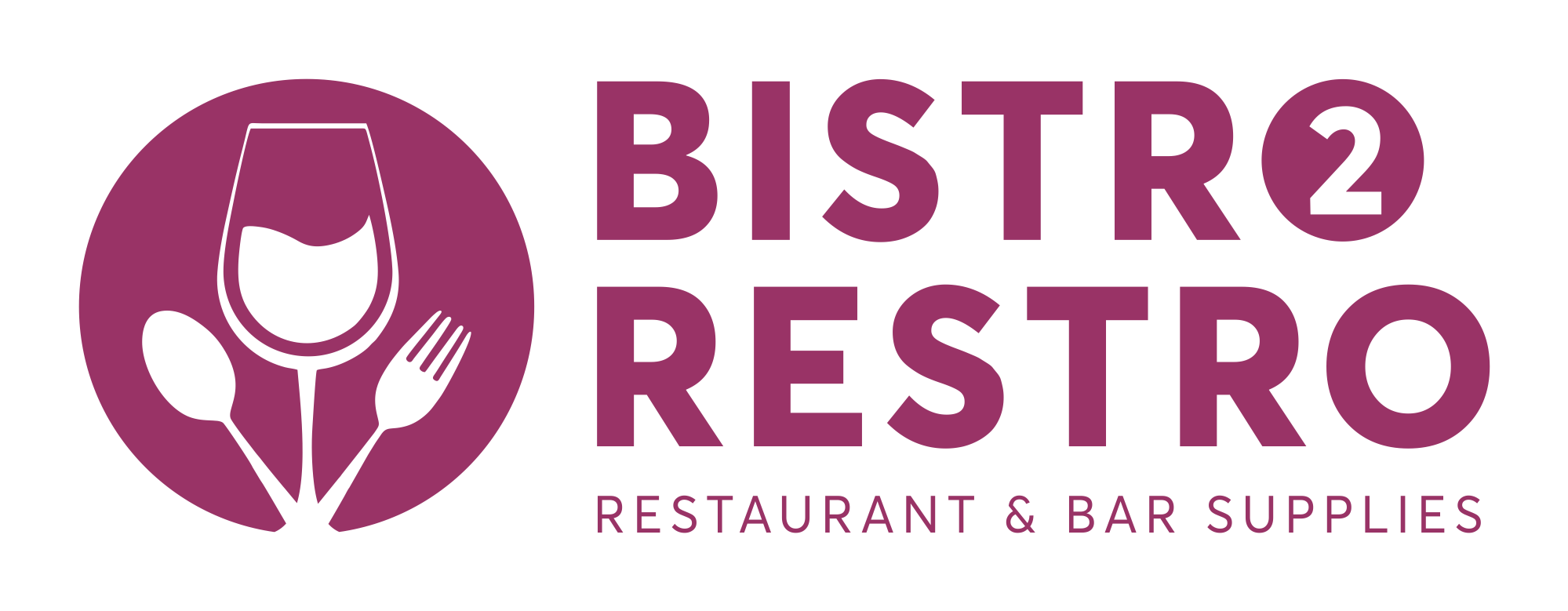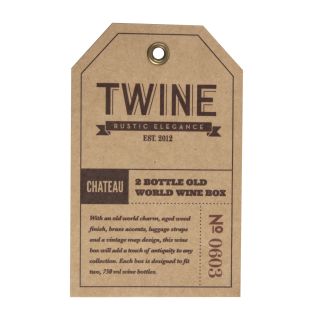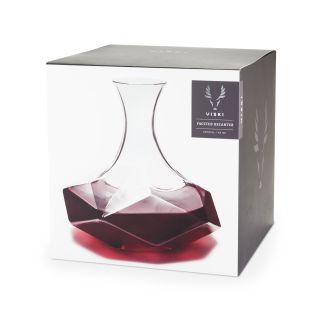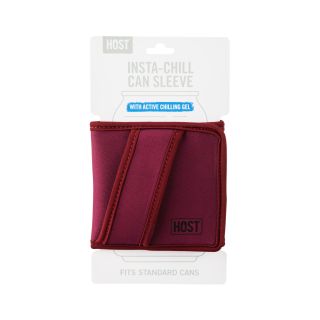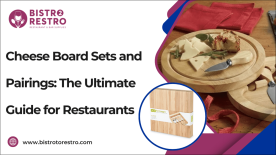Selecting the best appetizer plates for wine service at any bar is key to creating a memorable and enjoyable experience for guests. The right plates not only showcase the appetizers beautifully but also complement the wine, enhancing the overall tasting experience. When choosing appetizer plates, it’s important to consider factors such as size, shape, material, and ease of handling to ensure they suit a variety of small bites, from cheeses and charcuterie to fruits and nuts. Plates should be functional yet stylish, balancing elegance with practicality to fit the bar’s ambiance. In this guide, you’ll discover how to pick the perfect wine appetizer plates that elevate your wine service, impress guests, and make every sip and bite more satisfying.
The Importance of Pairing Wine with the Right Appetizer Plates
Pairing wine with food is an art that balances taste, aroma, and texture. However, the physical presentation plays a significant role in the overall experience. Appetizer plates serve as the stage for your culinary pairings; they not only hold the food but also influence perception, portion size, and convenience.
Enhances Flavor Profiles: Keeping flavors distinct ensures the best tasting experience and preserves the integrity of each bite.
Facilitates Easy Pairing: Plates with compartments or sections help guests enjoy multiple appetizers without flavor mixing, essential when tasting different wines.
Improves Guest Experience: Plates that allow easy handling or hold wine glasses boost comfort and encourage social interaction during wine service.
Elevates Aesthetic Appeal: Presentation matters; beautiful plates enhance the visual appeal, making the appetizers more inviting.
Supports Portion Control: Proper portion sizes on plates help balance food and wine, avoiding overwhelming the palate.
Selecting the right appetizer plates is not just about utility; it’s about creating an immersive and pleasurable wine experience that guests will remember.
How to Choose the Best Appetizer Plates for Wine Service
Choosing the best appetizer plates is key to enhancing both the presentation and enjoyment of your wine service. Consider these important factors to find plates that perfectly balance style, function, and practicality.
Purpose and Usage: Are you stocking plates for a commercial bar, a wine tasting event, or casual home entertaining? The intended use will affect your choice of materials, size, and style.
Commercial Bars: Need durable, easy-to-clean wine and appetizer plates to handle high traffic and frequent washing.
Wine Tasting Events: Benefit from plates that highlight variety and offer neat, elegant presentation.
Home Use: Aim for a balance of style and practicality for casual entertaining.
Plate Shape and Compartments: Compartmentalized plates are excellent for pairing several appetizers with different wines, preventing flavors from mixing.
Compartmentalized Plates: Ideal for pairing multiple appetizers without mixing flavors.
Round or Oval Plates: Offer a classic, elegant look.
Square or Rectangular Plates: Provide a modern, minimalist aesthetic that emphasizes arrangement.
Material and Durability: Choose materials based on the setting and frequency of use.
Porcelain and Ceramic: Add elegance but require careful handling due to fragility.
Melamine and Tempered Glass: Durable and dishwasher safe, perfect for busy bars.
Size and Portion Control: Choosing the right size is essential to ensure appetizers complement rather than overpower the wine.
Portion Size: Plates should hold small, manageable portions ideal for tasting.
Ease of Handling: Plates should be easy to hold in one hand, leaving the other free for a wine glass.
Aesthetic and Style: The look of your appetizer plates can enhance the overall experience by matching your venue’s vibe.
Color Choices: Neutral colors like white or cream help appetizers visually pop.
Design Options: Bold or patterned plates add personality and create unique presentations.
Practical Features: Functionality helps maintain smooth service and guest comfort.
Space-Saving: Stackable plates save storage and transport space.
Handling Comfort: Grip-friendly edges or textured surfaces make plates easier to carry during busy events.
Check out this guide on essential wine accessories to elevate both presentation and functionality, ensuring your wine service is stylish and seamless.
Materials That Work Best for Wine Appetizer Plates
Choosing the right material for your wine glass appetizer plates is essential for durability, presentation, and ease of use. Different materials offer unique benefits that can enhance the wine tasting experience, from elegance and style to practicality and sustainability.
Porcelain and Ceramic: Known for their timeless elegance, porcelain and ceramic plates provide a classic backdrop that beautifully highlights the colors and textures of appetizers. They add sophistication to any setting and are often favored in formal wine tastings.
Pros: Classic, elegant, available in various designs, microwave and dishwasher safe.
Cons: Can chip or break if handled roughly; requires careful maintenance.
Best For: Upscale wine bars and formal wine tastings.
Care Tip: Handle with care and avoid sudden temperature changes to prevent cracking.
Melamine and Plastic: Melamine plates are ideal for busy bars and outdoor events, combining durability with a look that can mimic more delicate materials. They’re practical, lightweight, and resistant to chips or breaks, perfect for high-traffic use.
Pros: Durable, shatterproof, affordable, easy to clean.
Cons: May look less sophisticated than ceramic or glass.
Best for: Outdoor events, casual bars, and high-traffic commercial settings.
Care Tip: Dishwasher safe, but avoid abrasive cleaners to maintain surface quality.
Tempered Glass: Tempered glass offers a sleek, modern aesthetic that allows appetizers to visually pop, enhancing the overall guest experience. It’s sturdy and easier to clean than regular glass, making it a stylish yet practical option for wine glass appetizer plates.
Pros: Sleek, modern look, allows appetizers to visually pop.
Cons: Fragile and requires careful handling.
Best For: Contemporary bars and home wine enthusiasts.
Care Tip: Use gentle dishwashing methods and store carefully to prevent chips.
Bamboo and Sustainable Materials: Perfect for eco-conscious venues, bamboo plates bring rustic charm and sustainability to wine service. They’re lightweight and environmentally friendly but may need extra care to avoid staining and odors.
Pros: Rustic charm, environmentally friendly, lightweight.
Cons: May absorb stains and odors; often require hand washing.
Best For: Casual wine bars, rustic-themed venues, and eco-conscious hosts.
Care Tip: Hand wash and dry promptly to prevent warping or staining.
Slate and Stone: Slate and stone plates add unique texture and elegance, offering excellent contrast that makes appetizers stand out visually. Though heavier and more fragile if dropped, they bring a trendy, upscale vibe to wine tastings.
Pros: Unique, elegant, and offers excellent contrast with appetizers.
Cons: Heavy and can be fragile if dropped.
Best For: Trendy bars and wine tastings emphasizing presentation.
Care Tip: Clean with a damp cloth and avoid harsh detergents; handle carefully to prevent chips.
Ideal Plate Sizes and Compartments for Wine Pairings
The right plate size and design can significantly improve the wine and appetizer experience. Plates should be comfortable to hold, portion-friendly, and structured to support multiple pairings.
Plate Size
Appetizer plates should be compact yet spacious enough to hold a few bites. A smaller plate is easier for guests to manage while holding a wine glass.
Compact but Spacious: Appetizer plates should be small enough to manage easily but large enough to hold a few bites.
Recommended Dimensions: The Ideal size is 6–8 inches in diameter, making them easy to carry in one hand.
Portion Control: Smaller plates encourage refined presentation and help control serving sizes.
Wine Pairing Tip: Smaller plates are perfect for delicate bites paired with light-bodied wines like Sauvignon Blanc or Pinot Grigio, allowing guests to savor each flavor without overwhelming the palate.
Compartments
Divided plates help keep different flavors separate, making it easier to pair specific bites with individual wines.
Flavor Separation: Divided plates keep different flavors distinct, preventing mixing.
Ideal Number of Compartments: 2–3 sections work best for offering variety.
Enhances Pairings: Supports thoughtful pairing of specific appetizers with individual wines, especially helpful when using wine and cheese appetizer plates to offer multiple options.
Wine Pairing Tip: Use compartments to separate bold flavors, like pairing a spicy cured meat with a robust red wine (Cabernet Sauvignon), while a milder cheese section can complement a soft Chardonnay.
Functional Design Features
Some plates are designed with added convenience in mind, such as appetizer plates with wine glass holder features or slip-resistant bases, especially useful in social or tasting events.
Wine Glass Holders: Built-in notches or holders provide convenience by securing wine glasses.
Grip and Stability: Textured or non-slip surfaces improve handling and reduce spills.
Using plates with the right size and layout, especially wine glass topper appetizer plates, ensures a smooth tasting experience, keeping the focus on flavor, pairing, and presentation.
Style Meets Function: Matching Plates with Bar Ambience
Appetizer plates should not only be practical but also reflect the character of your bar. Matching plate design to your ambience creates a cohesive and memorable guest experience.
Modern & Minimalist Bars: Sleek interiors call for simple, clean plate designs that enhance the food without distraction. The goal is elegance through subtlety.
Functions:
Square or rectangular plates provide a sharp, clean aesthetic
Neutral tones (white, grey, clear glass) blend well with modern decor
Minimalist design keeps focus on food presentation
Rustic or Earthy Venues: Natural materials and textures complement warm, rustic bar environments. These plate choices add authenticity and comfort.
Functions:
Bamboo, slate, or textured ceramics enhance the natural theme
Earth-toned, matte finishes create a warm and inviting atmosphere
Ideal for farm-to-table, organic, or eco-conscious branding
Elegant & Formal Spaces: Refined settings benefit from polished, high-end plate materials that elevate presentation. A touch of luxury goes a long way.
Functions:
Porcelain or high-quality ceramic adds a premium feel
Black or white tones create a striking contrast with food
Gold trim or subtle patterns enhance sophistication
Casual or Outdoor Bars: In relaxed, busy settings, plates should be functional, fun, and easy to handle. Style should support comfort and convenience.
Functions:
Melamine or plastic plates offer durability and lightweight handling
Bright colors and fun patterns create a playful, relaxed vibe
Easy to carry and clean, perfect for outdoor or high-volume service
Tips for Home and Commercial Bar Owners When Stocking Appetizer Plates
Choosing the right appetizer plates is crucial for enhancing both the presentation and enjoyment of wine service, whether at home or in a commercial setting.
For Home Bars
Balance Style and Practicality: Select plates that combine a refined appearance with easy maintenance, suitable for both everyday use and special occasions.
Use Compartmentalized Plates: Plates with separate sections keep flavors distinct, making it easier to enjoy a variety of appetizers paired with different wines.
Opt for Dishwasher-Safe Materials: Porcelain or tempered glass offers an attractive look and withstands frequent washing without damage.
For Commercial Bars
Choose Durable Materials: Melamine and tempered glass are tough enough for heavy use and resist chipping, reducing the need for frequent replacements.
Select Stackable Designs: Stackable plates save valuable storage space and help speed up service during busy times.
Prioritize Functional Features: Plates with built-in holders for wine glasses or textured surfaces improve grip and minimize spills in a crowded environment.
Tips
Size Appropriately: Pick plates that are compact enough for easy handling but large enough to hold multiple appetizer bites comfortably.
Ensure Easy Handling: Lightweight plates that can be held in one hand free up the other hand for a wine glass, making tastings more comfortable.
Match Your Venue’s Style: Choose plate designs and colors that complement your bar’s atmosphere, creating a cohesive and inviting presentation.
Check out this article on how to maintain stemless wine glasses for lasting elegance, featuring expert tips on cleaning, storing, and handling to keep them crystal clear and scratch-free.
Conclusion
Choosing the best wine appetizer plates for wine service is about more than aesthetics; it's about enhancing the overall dining and tasting experience. The right plates preserve flavor integrity, support elegant presentation, and align with your bar’s atmosphere, whether casual or upscale. By considering factors like material, size, compartment design, and style, you can create a seamless and memorable wine pairing experience for guests. Whether you're a home entertainer or a commercial bar owner, investing in the right appetizer plates elevates the quality of service and leaves a lasting impression.
FAQs
What is the difference between a dinner plate and an appetizer plate?
A dinner plate is larger, typically around 10–12 inches in diameter, designed to hold full meals with multiple components. An appetizer plate is smaller, usually 6–8 inches, used for serving small bites or starters before the main course.
What size should appetizer plates be?
Appetizer plates are ideally between 6 and 8 inches in diameter. This size offers enough space for small bites while remaining easy to handle, especially during events or wine tastings.
Are small plates the same as appetizers?
Not exactly, small plates refer to a style of dining involving multiple small portions, while appetizers are typically the first course of a meal. However, the terms are often used interchangeably in casual dining contexts.
